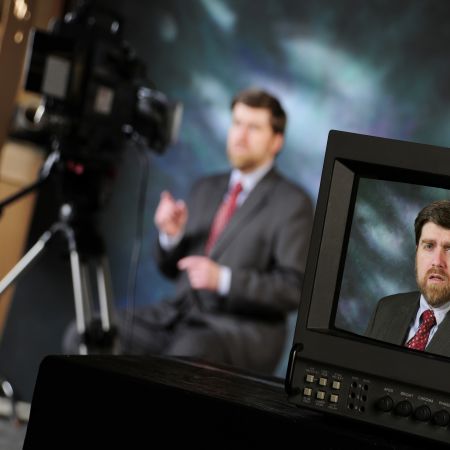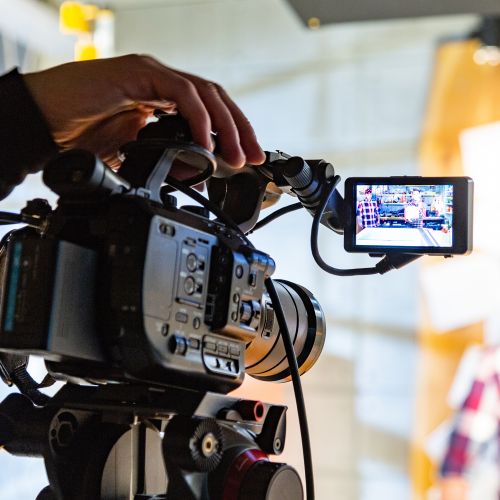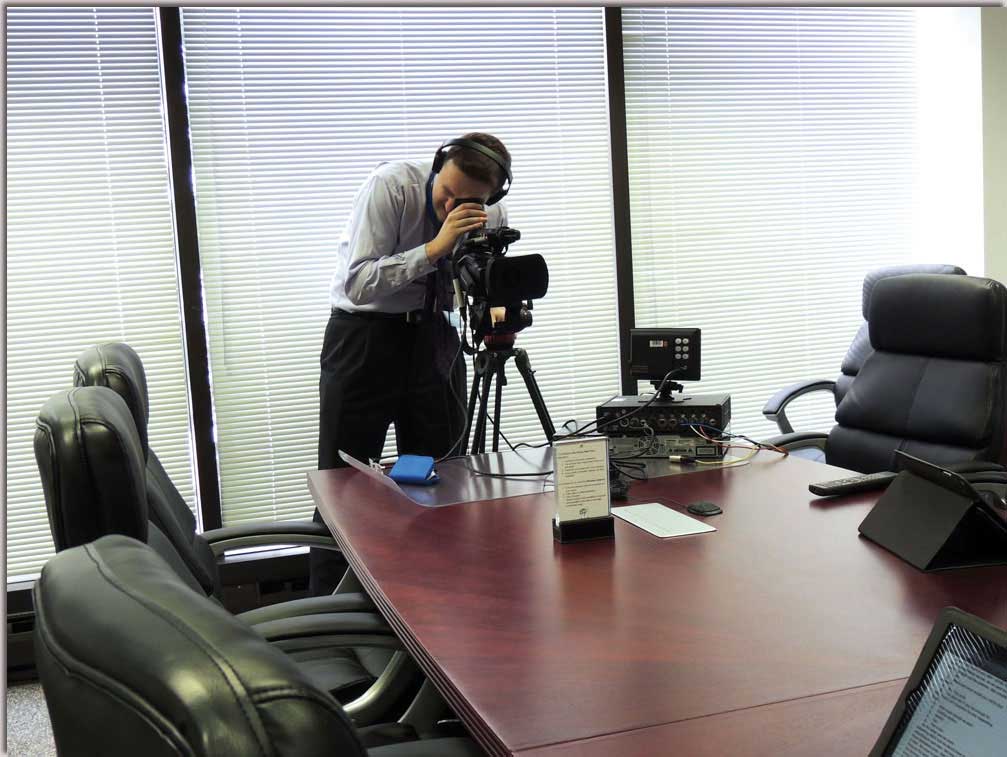Looking Into the Devices of Legal Videography: Introduction Its Procedure in Safeguarding Genuine Visual Testament for Judicial Proceedings
In the realm of judicial process, the role of lawful videography stands as a cornerstone in protecting and providing aesthetic evidence. As innovation continues to advancement, the systems behind legal videography have actually ended up being increasingly detailed, offering a crucial layer of credibility to testimonies caught on video.
Historic Evolution of Legal Videography
Analyzing the historic progression of legal videography discloses a significant improvement in the catching and discussion of aesthetic proof within the lawful landscape. In the past, legal proceedings heavily depended on written records and photographs to document events and give proof. With the development of video modern technology, the lawful market observed a standard change in just how aesthetic testimony was recorded and presented.
The development of lawful videography can be mapped back to the late 20th century when improvements in video recording tools made it much more obtainable for use in courts. This technical advancement not just enhanced the accuracy and reliability of visual evidence but also transformed the way cases existed to judges and juries (Legal Videography). Lawyers started to acknowledge the convincing power of video recordings in communicating emotions, nuances, and non-verbal signs that created records or photos alone could not capture properly

Modern Technology Innovations in Video Clip Documents
What key technical developments have revolutionized video clip paperwork in the legal area? The legal area has seen substantial developments in video clip paperwork technology that have actually enhanced the authenticity and integrity of visual proof in judicial procedures.
Moreover, improvements in video file encryption and watermarking technologies have strengthened the safety and security and tamper-proof nature of video clip evidence, protecting it versus unapproved modifications or meddling. Furthermore, the development of cloud storage space solutions and remote gain access to capacities has streamlined the storage, access, and sharing of video clip evidence, helping with smooth cooperation amongst attorneys and making certain efficient access to important aesthetic testimonies when needed. These technical advancements in video clip documents have actually certainly reinvented the lawful field, improving the accuracy, integrity, and admissibility of aesthetic proof in judicial procedures.
Function of Legal Videographers in Courtroom Settings
The evolution of video documents modern technology in the lawful field has actually required an important role for lawful videographers in court room settings, ensuring the honesty and dependability of visual testaments provided during judicial process. Legal videographers play a fundamental duty in catching and preserving exact visual proof that can be pivotal in lawsuit. Their duty encompasses establishing devices, recording process, and producing high-quality video clips that accurately mirror the events in the court.
In courtroom setups, legal videographers need to comply with stringent guidelines and requirements to maintain the authenticity of the aesthetic record. They need to possess a keen eye for detail and an extensive understanding of legal procedures to make sure that the video they catch is a real representation of the events that transpired. Furthermore, legal videographers commonly work very closely with legal teams to make certain that the video proof straightens with the instance's requirements and can be efficiently offered in court to sustain the legal disagreements being made. Overall, the duty of lawful videographers in court settings is indispensable in promoting the concepts of justice and making certain the openness of legal proceedings.

Ensuring Admissibility and Integrity of Video Evidence
To preserve the reliability of aesthetic proof provided in legal proceedings, ensuring the admissibility and stability of video clip evidence is a vital obligation for legal videographers. Admissibility refers to the approval of proof by the court, and for video evidence to be acceptable, it must satisfy specific standards. Legal videographers play an important function in making certain that the videos they record follow the guidelines of evidence, such as dependability, authenticity, and relevance.
Stability of video clip evidence involves maintaining the originality and precision of the footage from the moment it is recorded until it is presented in court. This includes firmly saving the video data, documenting the chain of custodianship, and protecting against any kind of meddling or changes. Lawful videographers should abide by rigorous protocols to assure the integrity of the video evidence and protect against any obstacles to read the article its credibility.
Future Trends in Legal Videography
Offered the boosting reliance on modern technology in lawful procedures, lawful videographers are positioned to accept cutting-edge developments shaping the future of visual testament capture and presentation. One of the noticeable fads on the perspective is the integration of digital reality (VR) and augmented truth (AR) technologies into lawful videography. These technologies have the possible to revolutionize how visual evidence exists in courtrooms, enabling discretionary to immerse themselves in the scene of the crime or incident.
Additionally, the usage of artificial knowledge (AI) algorithms for video clip evaluation is expected to streamline the procedure of reviewing and analyzing big amounts of video footage. AI can aid in recognizing crucial moments, abnormalities, and patterns within video clips, enhancing the effectiveness of lawful investigations.

Verdict
Finally, lawful videography has actually played a critical role in giving authentic aesthetic proof for judicial procedures. Through technological developments and the know-how of legal videographers, the integrity and admissibility of video clip evidence are made sure in court room settings. As lawful videography proceeds to evolve, it will certainly be necessary to maintain criteria that maintain the accuracy and reliability of aesthetic testimony for the future of lawful procedures.
Examining the historical progression of lawful videography reveals a substantial change in the capturing and presentation of aesthetic proof within the legal landscape.The advancement of video clip documentation technology in the legal area has actually demanded a critical function for lawful videographers in courtroom setups, making sure the stability and integrity of aesthetic statements offered throughout judicial procedures. In addition, legal videographers often work very closely with lawful teams to guarantee that the video evidence lines up with the situation's requirements and can be effectively offered in court to support the lawful debates being made.To preserve the trustworthiness of aesthetic proof provided in legal procedures, making certain the admissibility and honesty of video clip evidence is an important obligation for legal videographers. As legal videography continues to progress, it try this site will certainly be essential to promote criteria that preserve the precision and reliability of aesthetic testimony for the future of legal procedures.